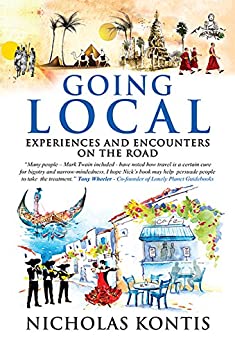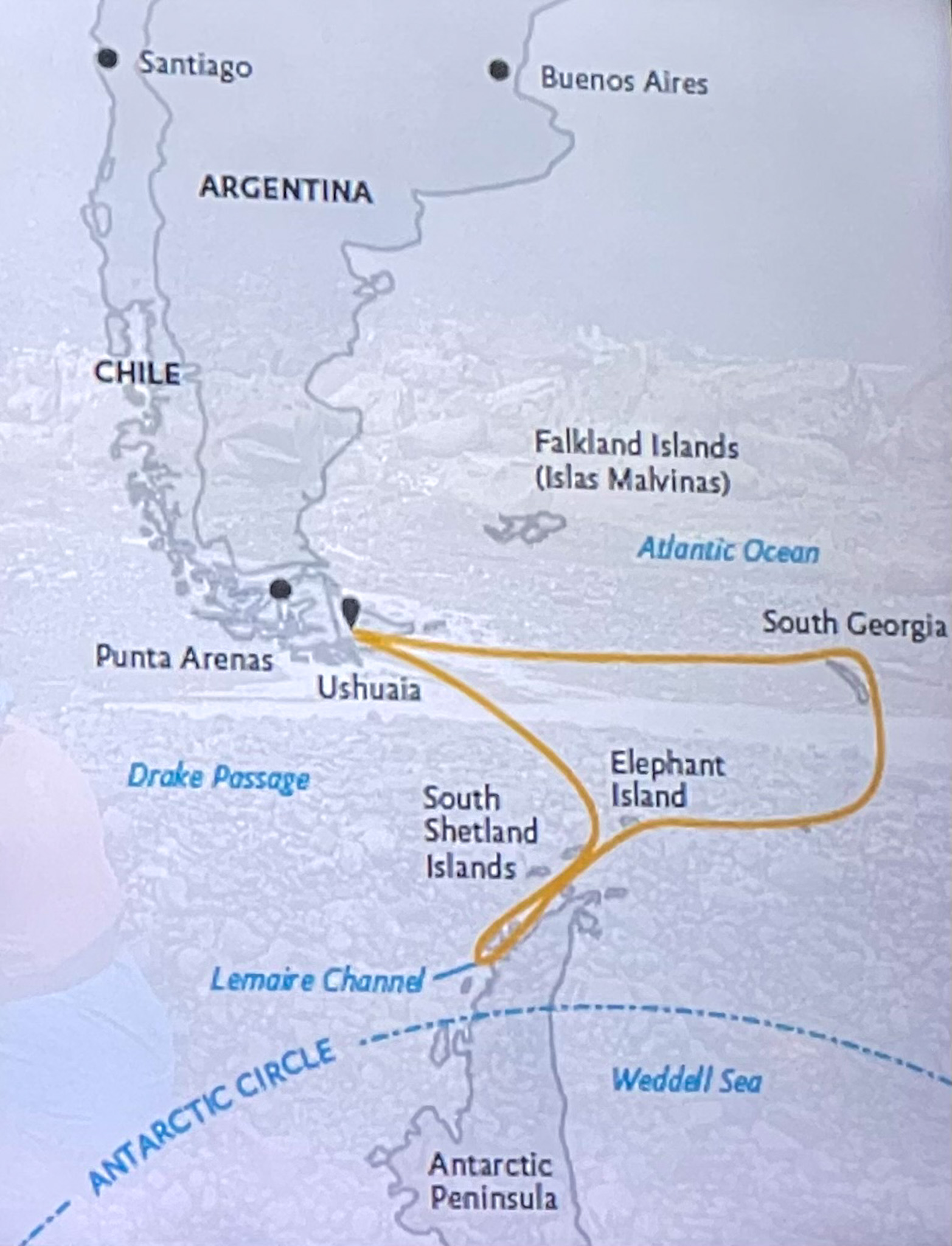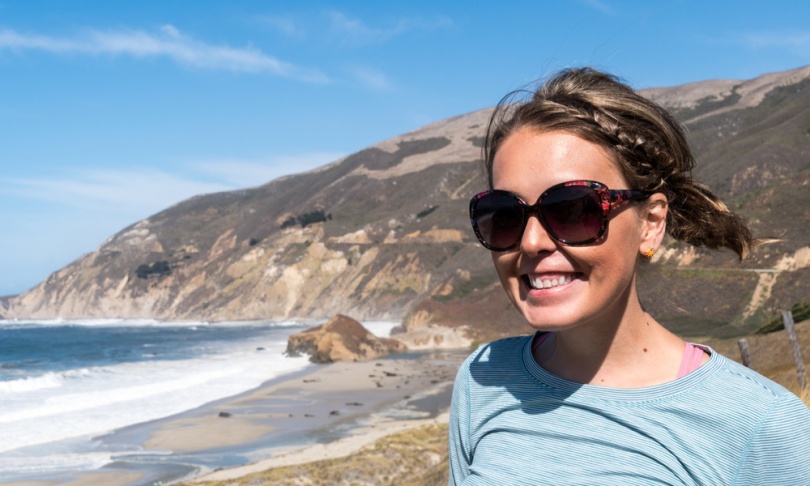Nick's Book
Going Local
Experiences and Encounters on the Road
By Nicholas Kontis
The Rise of Peer to Peer Travel
As the incredible number of travelers delving into a sharing economy continues to transform the travel landscape, giving travelers new ways to sleep, eat, play, meet, ride, and blend into a new society, it has never before been easier to “go local.” The peer-to-peer sharing economy is now close to a four billion dollar a year industry.
Although not likely to completely disrupt the traditional travel industry, peer-to-peer sites have grown at an incredible speed. Larger brands are taking notice that people are seeking out those rare and local experiences and encounters. No matter how one uses peer-to-peer travel, this phenomenon cannot be overlooked. The rise in travel immersion sites are here to stay as travelers seek new ways to save money and merge experiences into creating an authentic holiday.
The hotel industry is also taking notice that staying with a local is a viable option for some travelers versus traditional hotel stays. Peer-to-peer travel, while yet to pose a real threat to the conventional travel industry, is still a means of booking travel. With traditional methods losing bookings to immersion travel sites such as Airbnb, HomeExchange, CouchSurfing, and HomeAway, these vanguards are implementing a new way to jump-start engagement into an original geographical environment.
Travel industry research authority, PhoCusWright, who measures how suppliers and intermediaries connect, says 14% of U.S. travelers book a private home, room, or apartment through peer-to-peer sites, up 10% from 2010. More than one million Britons have booked accommodations via the service and 35,000 unique UK properties are listed. The World Travel Market 2014 Industry Report revealed almost 1 in 10 (9%) of UK holidaymakers have booked a holiday through a peer-to-peer site.
Furthermore, a massive 86% of US and UK holidaymakers that have used peer-to-peer sites say they would likely do so again (47% very likely and 39% quite likely), which further illustrates its popularity. This growth of peer-to-peer travel is posing a threat to the traditional travel industry, with companies losing bookings to these sites. Ask travelers if sharing is a good thing and you’re most likely to get a resounding “Yes!”, and they have the positive encounters to prove it.
“The story you read in the media—and often echoed by travel industry incumbents—is that it’s a Generation Y thing for price-sensitive travelers,” says Rachel Botsman, co-author of What’s Mine Is Yours, a book about the sharing economy. It’s a sweeping generalization. If you look at the data, it’s simply not true.”
People of all ages, crossing all travel styles and price ranges, are considering peer-to-peer travel as a way to enhance their journey.
The advent of peer-to-peer travel accommodations is a new frontier in the world of travel that has been developed largely over just the last decade. This new form of travel experience is not for everyone.
Those who enjoy more conventional travel experiences will stick to major hotel brands and may prefer to be around the center of a city or near popular tourist attractions. For those seeking a more original travel experience including eating, meeting, living with, or being guided by friendly residents while staying in an apartment or home farther from traditional accommodation centers, the fast-growing economy of sharing
Airbnb
2007 was the pivotal year of the Airbnb revolution. It was during a large design convention in San Francisco, which left the city’s hotel rooms nearly sold out, that Brian Chesky and Joe Gebbia formed Airbnb. Living in one of the most expensive cities on the planet and barely scraping by each month to pay their rent, the two forward thinkers asked themselves, “Why not rent out our extra room and advertise it on the conference website?” The struggling flatmates rented out three airbeds on the floor, making a quick and easy buck. From the simple idea of charging convention attendees for room and board, Brian Chesky and Joe Gebbia would change the world of peer-to-peer travel forever.
These two whiz-kids brought in another friend, computer tech guru Nathan Blecharczyk, as their third partner and the empire began.
Airbedandbreakfast.com was born, later shortened to Airbnb. Founder Chesky still jokes, “Airbnb is the worst idea that ever worked.”
Airbnb is one of the predominant driving forces in the emerging peer-to-peer travel culture. The Airbnb system model has made some revolutionary advances since its inception, such as its Instant Book feature, allowing people to quickly plan their vacations around the P2P experiences.
If you find yourself searching for a true “authentic” experience, Airbnb is the way to go. Matching you up with locals who rent you their spare room, shared room, whole apartment, or house is not only a fantastic way to save money on costly hotels, but by rooming with a local inhabitant, you can open a whole new world of experiences which cannot be rivaled by traditional travel methods.
Airbnb is the poster child for delving into your new surroundings in a non-traditional method of accommodation. The company allows users to rent unique places to stay from local hosts in 190+ countries. Savvy world travelers are abandoning high-priced hotels for cozy, private digs. Airbnb – which is valued at close to 25 billion, at the end of the third quarter after securing $450m in funding – offers properties in 34,000 towns and cities in 190 countries. Iran, North Korea, and Syria are three of the few countries not represented on Airbnb. The company was expected to book more than 80 million room nights in 2015.
Instead of staying in a hotel in an area like San Francisco’s Union Square or New York’s Time Square, adventurous travelers choose nondescript areas with local flavor and ambiance. Today’s immersion traveler seeks out Airbnb experiences and stays in alternative neighborhoods where you can have a cup of java, that tastes like coffee, and in a local shop, not in a chain. You have the opportunity to discover an off-the-beaten-path section of a city or live on the outskirts of town.
As a peer-to-peer world traveler and Airbnb aficionado, Marie-France Roy said, “I counted them: I’ve stayed in 18 Airbnb properties over the last 3 years! Many of them were apartments, though, where I didn’t interact with the host. Of the others, my best experience was probably the room I rented in Perth in March of 2014. The room itself was very basic, with a single bed and a closet. But what made the experience special were the hosts, Emanuel and his wife, Mirasol. They gave me free run of their small house including the shared bathroom, a kitchen where I cooked for myself (and where breakfast food was also provided), a sunny patio, even a washing machine. They invited me to watch movies with them in the living room at night. Even though I was a stranger, they treated me like a friend from the moment I stepped through their front door. I’d say they were the friendliest and gentlest hosts I’ve had on Airbnb so far. The atmosphere in the house was so calm and relaxing (which is not always the case when you rent a room in a house). Just a good vibe all around.”
Dave Richards from Houston shares his maiden voyage into the world of P2P travel. “I was skeptical about the whole idea of staying in someone’s home. For my first try jumping into the unknown world of home-sharing, I chose New York City. As anyone who has traveled to New York knows, the city can be extremely expensive. But, besides saving money, I also wanted to experience a more local lifestyle.”
“I wanted to wake up in a neighborhood as if I were a resident of the city. On the Airbnb website, I saw possible options from island villas to castles and boats. But being in New York City, I opted for a nice apartment in Chelsea. My host, Ken, was a breath of fresh air. Ken even showed me his local coffee shop, some of his favorite restaurants, and later took me on a walking tour. I know that this probably does not always turn out this way, but the experience was everything I wanted. I woke up in an actual home, versus a hotel. I slept in my room with the owner down the hall. It was like living with family.”
Richards continues, “Discovering Airbnb has changed my thoughts on travel. I would recommend it to anyone. I truly believe that most hosts, more often than not, probably want to show off their native knowledge of the city, which enhances your experience.”
Or as Airbnb user, Steve Smith from Sydney stated, “I now have used Airbnb in over 15 countries on a multi-stop, around the world trip. In almost every case, my hosts have been an amazing group of people. My hosts have shown me places in their city that I would have never known existed. That alone is worth using Airbnb. My experiences have only been positive and I have saved a ton of money along the way.”
www.airbnb.com
Home Exchange
With Home Exchange, you don’t just exchange homes, you exchange experiences. Started by Home Exchange pioneer Ed Kushins in 1992 as a printed and mailed book, Home Exchange has grown into a social network and one of the first businesses to adopt “collaborative consumption”.
Home Exchange epitomizes the “travel-sharing” experience, in which two people or families go on vacation in one another’s home in two different locations at the same time. This is yet another P2P vacation enterprise that holds good and open communication among its top assets. Users of Home Exchange are expected to first hammer out a myriad of details with one another before jumping onto a plane and flying across the world.
How much food does your family plan on consuming? Where are the local grocery stores? Will there be anyone else at home during our stay? Are there any pets we should know about? Will anyone be dropping by during our stay? What are the best local attractions? These are all questions that should be resolved before travel. Not unlike the TV show House Swap, in which two very different households exchange dwellings for a set period, Home Exchange offers an authentic travel experience on a real, local level. In many cases, Home Exchangers even meet the neighbors of their new digs.
Home Exchange has close to 65,000 members including over 30,000 homes in Europe; close to 25,000 in North America; more than 1,000 in Asia; 4,000 in Australia, New Zealand, and the Pacific; 1,000 homes in South America; and almost 500 in Africa.
Sue Rossiter, a spokeswoman for Home Exchange, says: “More people are getting into home exchange. This year our 65,000 members will make more than 130,000 home swaps embracing 150 countries.”
Valerie Erde and her family first tried house swapping over a decade ago. “The lodging is free. It’s a great way to save money for anyone who wants to travel. I prefer HomeExchange.com because there are more than 65,000 active users on the site,” she says.
Was Erde nervous about swapping with people she’d never met? Not particularly. “Having a ‘stranger’ in my home has never bothered me. I wasn’t nervous because I’m not that type of person – my husband calls me a ‘what, me worry?’” laughs Erde. “We’ve never had a problem, so we keep swapping.” So, where has the family traveled via HomeExchange.com? “We’ve exchanged all over North America – California, Florida, Washington DC, Massachusetts, and Canada – as well as in Europe, staying in Ireland, England, and France.”
According to Erde, there are numerous benefits to exchanging with other families. “When we first started house swapping, our two children were young. You can exchange with a family who also has kids, and your kids are thrilled because you go to this new place and they have all these news games and toys! And some people will even swap their cars.”
Plus, she says that living with the locals in the thick of the action is a great way to immerse yourself in a culture. “Just going to a house in another part of the world, it gives you a different perspective than [if you were staying] in a hotel









